 Lodge 314 Charter
Lodge 314 Charter
Time Period: Civil War through Reconstruction (1861 - 1874) - Starting with P
 Lodge 314 Charter
Lodge 314 Charter
 William F. Pace
William F. Pace
Palarm, Battle of (Reconstruction)
Palmer’s Folly
aka: John C. Palmer House
Panic of 1873
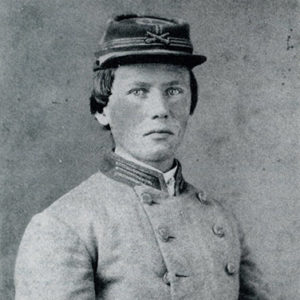 William Parks
William Parks
 William Parks
William Parks
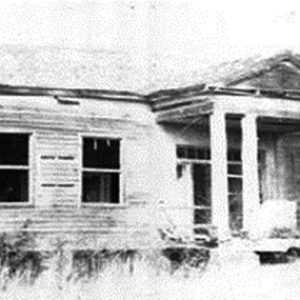 Parks-Cryer House
Parks-Cryer House
Parks, William Pratt “Buck”
Paroling (Civil War)
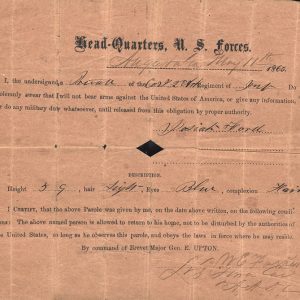 Paroling Document
Paroling Document
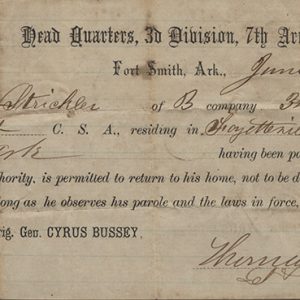 Paroling Document
Paroling Document
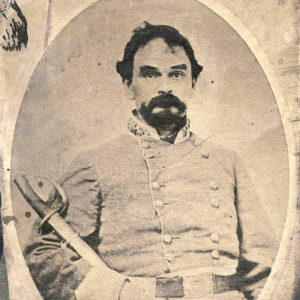 M. M. Parsons
M. M. Parsons
Parsons, Mosby Monroe
Patterson, Franklin (Execution of)
Patterson, Missouri, to Cherokee Bay, Scout from
Pea Ridge Campaign
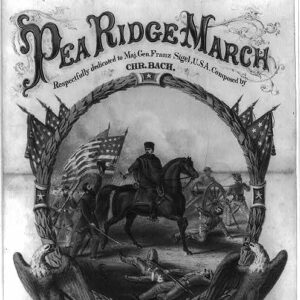 "Pea Ridge March"
"Pea Ridge March"
 Pea Ridge National Military Park Battlefield
Pea Ridge National Military Park Battlefield
Pea Ridge, Battle of
aka: Battle of Elkhorn Tavern
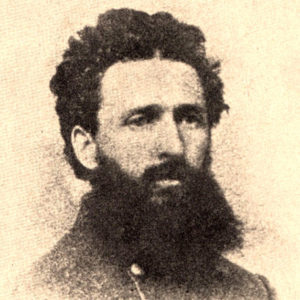 Nicholas Pearce
Nicholas Pearce
Pearce, Nicholas Bartlett
Pearson, John Albert
Pemiscot Bayou, Skirmish at
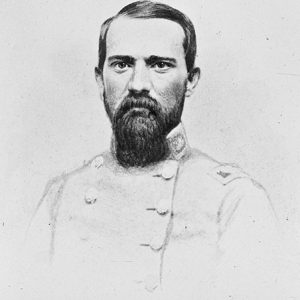 Dorsey Pender
Dorsey Pender
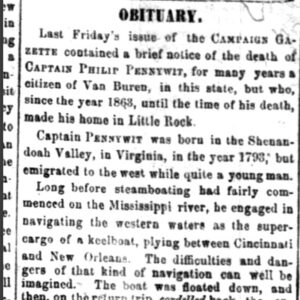 Pennywit Obituary
Pennywit Obituary
Perry County War of 1881
Perry County, Skirmish at
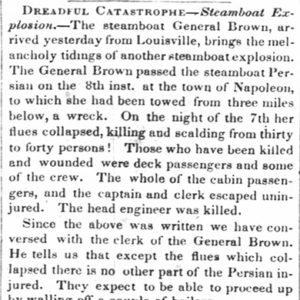 Persian Steamboat Article
Persian Steamboat Article
 Persian Steamboat Article
Persian Steamboat Article
Petit Jean, Skirmish at
 John E. Phelps
John E. Phelps
Phelps, John Elisha
Phelps, John Smith
 John S. Phelps
John S. Phelps
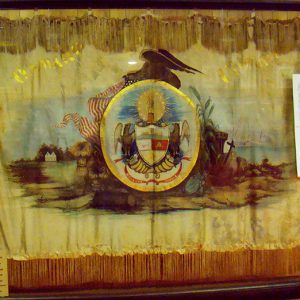 Phillips Guards Flag
Phillips Guards Flag
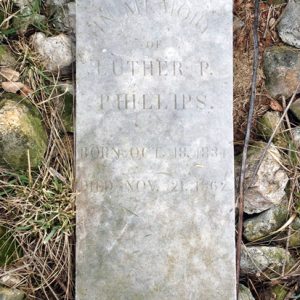 Luther Phillips's Grave
Luther Phillips's Grave
Pickett, Alexander Corbin (A. C.)
Pierce, Henry Niles
 Henry Niles Pierce
Henry Niles Pierce
 Albert Pike
Albert Pike
Pike, Edward M.
 Mary Pike
Mary Pike




